In Turin , the Royal Library’s appointment with Leonardo da Vinci ’s drawings is renewed. From March 28 to June 30, 2024, as part of the event A tu per tu con Leonardo, the Royal Library of Turin is in fact offering a new opportunity to immerse oneself in the work of Leonardo da Vinci and to admire some of his masterpieces housed in the Royal Museums, with the exhibition The Self-Portrait of Leonardo: History and Contemporaneity of a Masterpiece, is hosted in the Royal Library’s vaulted rooms, built in 1998 and 2014 with the support of the Council for the Enhancement of the Artistic and Cultural Heritage of Turin. Curated by Paola Salvi, a professor at the Brera Academy of Fine Arts, this exhibition presents a new perspective on Leonardo da Vinci’sSelf-Portrait , the real protagonist of the exhibition, exploring its historical context and the path that marked its diffusion and celebration.
Based on recent research by the curator, which indicates the drawing’s completion between 1517 and 1518, viewers are transported to the last years of Leonardo’s life in Amboise, at the court of King Francis I of France, immersing themselves in his creative environment as if they were in his studio. In the first vault, next to Leonardo’sSelf-Portrait, the precious manuscript of the Diary of the Itinerary of Cardinal Louis of Aragon, written by Antonio de Beatis, who accompanied the cardinal on his journey through northern Italy, Germany, France and the Low Countries, is displayed for the first time. This manuscript provides valuable insight into Leonardo’s appearance, his ongoing studies, the paintings in his atelier and the breadth of his artistic and scientific works. The exhibition also offers a privileged look at the six sheets of the Codex Atlanticus, on loan from the Veneranda Pinacoteca and Biblioteca Ambrosiana in Milan, also made between 1517 and 1518, which show Leonardo’s drawings and research during the last years of his life.
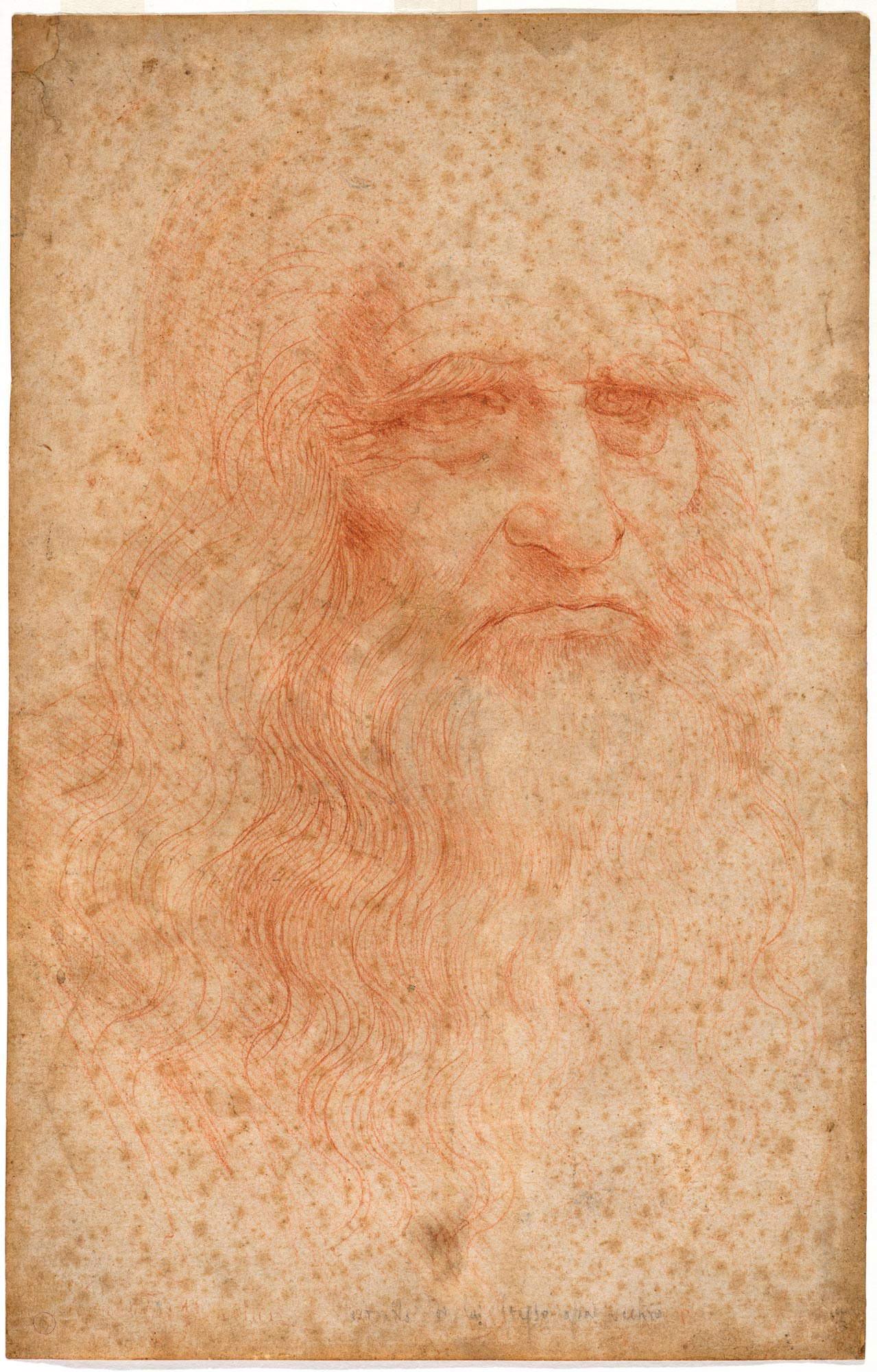

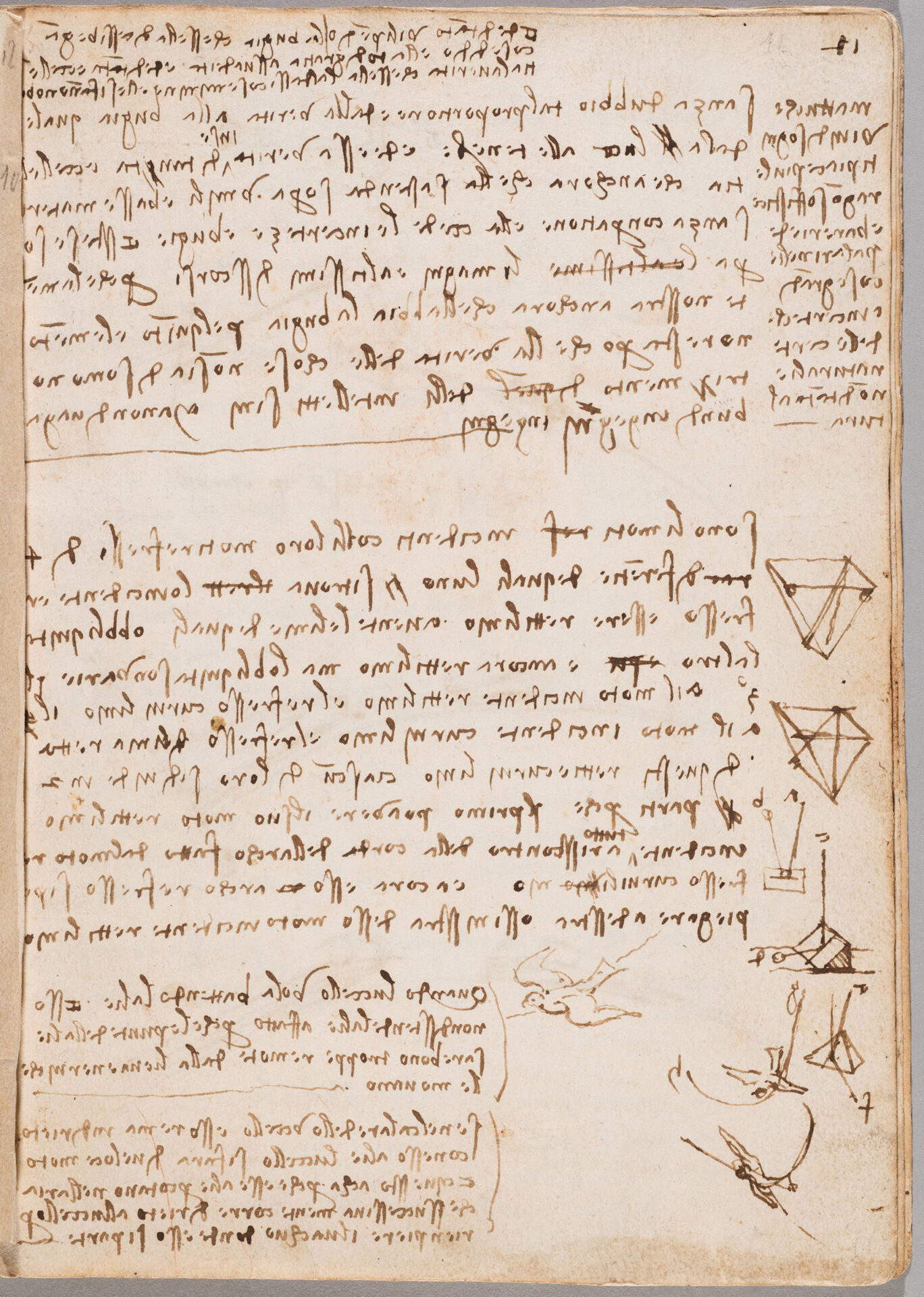

Among the sheets on display, folio 770v of the Codex Atlanticus shows a study by one of Leonardo’s pupils of the left hand, thought to be that of the great artist, and also sketches the wave of the hair, with a stroke similar to that of the Self-Portrait. Sheet 920r contains studies on the canal works of the Loire and a recollection of the visit to Romorentin with the King of France. Sheet 309v presents a fundamental reflection by Leonardo on the principles of representing a face. Finally, folio 673r marks the last date noted by Leonardo: “On June 24, the day of St. John 1518 in Ambosa in the palace of the Clu.”
To provide a comprehensive overview of Leonardo’s working method, as he took his manuscripts and drawings for new projects with him to France, the exhibition presents other important folios from the Royal Library’s collection. These include the Codex on the Flight of Birds, which not only includes studies related to the flight of birds, but also an engineering sketch for the channelization of the Arno and, on folio 10v, a small face sketched in red stone, noted for its resemblance to the Self-Portrait by Carlo Pedretti in 1975. The Studies of Insects testify to Leonardo’s unceasing interest in the natural world, while the Study of Proportions of the Face and Eye is part of a series of sheets devoted to proportional theories that would influence the three-dimensional translation of the Self-Portrait in the twentieth century. Studies on horses continue to be of great importance, both for anatomy and for designs for equestrian statues that were never realized. Among them, the Studies of horse fore and hind legs on different types of paper highlight Leonardo’s attention to this animal. In France, Leonardo resumed his investigation of equine anatomy with the intention of making an equestrian monument for Francis I, probably reflecting on his earlier work preserved in Turin and Windsor.
Leonardo’s interest in human anatomy is also evidenced by two sheets in the Royal Library, the pen-and-ink drawing of the Nudes for the Battle of Anghiari and the sheet with Hercules and the Nemean Lion, done in charcoal, a technique he used in the last period of his life.
In the second vault, the exhibition continues with works documenting Leonardo’s fortunes beginning in the second half of the 16th century. Two sheets kept in the Cabinet of Drawings and Prints of the Gallerie dell’Accademia in Venice, part of Giuseppe Bossi’s collection (the Study for Heraclitus attributed to Giovanni Ambrogio Figino from around 1570 and the copy of theSelf-portrait made by Raffaele Albertolli around 1808-1809), testify to the knowledge of theSelf-portrait before its purchase by King Carlo Alberto of Savoy Carignano in 1839. The section devoted to the fortunes of theSelf-Portrait includes drawings, paintings, engravings, books and a marble herm by Pompeo Marchesi, on loan from the Brera Academy of Fine Arts.
Unfolding around these works is the mysterious history of Leonardo’sSelf-Portrait in the early 19th century, clearly known in the Milanese and Braidense circles. This is evidenced by the Venetian drawing from which Giuseppe Benaglia drew the engraving used as the antiporta to the volume Del Cenacolo di Leonardo da Vinci, Libri IV by Giuseppe Bossi. This rare print run on turquoise paper, with only two copies, is on display in the exhibition and comes from the Trivulziana Library. Of particular interest is then the drawing of Leonardo’s face made by Giuseppe Bossi himself for his Life of Leonardo da Vinci (1812), which served as a model for Pietro Anderloni’s engraving, helping to consolidate the iconography of the Renaissance master. This drawing, which has never been exhibited before, is preserved in the Bettoni album in the Cabinet of Drawings of the Castello Sforzesco in Milan.
The exhibition also examines the diffusion of Leonardo’sSelf-Portrait in the age of technical reproducibility. Carlo Felice Biscarra, secretary of the Accademia Albertina in Turin, etched the Self-Portrait in 1870, later publishing it in the magazine L’Arte in Italia. Photographer Angelo della Croce photographed the Self-Portrait in Turin and reproduced it in photolithography for the famous Saggio delle opere di Leonardo da Vinci, published on the occasion of the 1872 Leonardo Celebrations in Milan. These figures are joined by historical reproductions by Pietro Carlevaris (Turin, 1888), Domenico Anderson (1896) and the Fratelli Alinari facsimile edition (Florence, 1898). The itinerary in the second vault also includes a painting by Giovanni Antonio Bazzi known as Sodoma, an intense Ecce homo from a private collection, which will be on public display after eight years. The face behind Christ, possibly depicting an ancient savant, is reminiscent of Leonardo’s likeness.

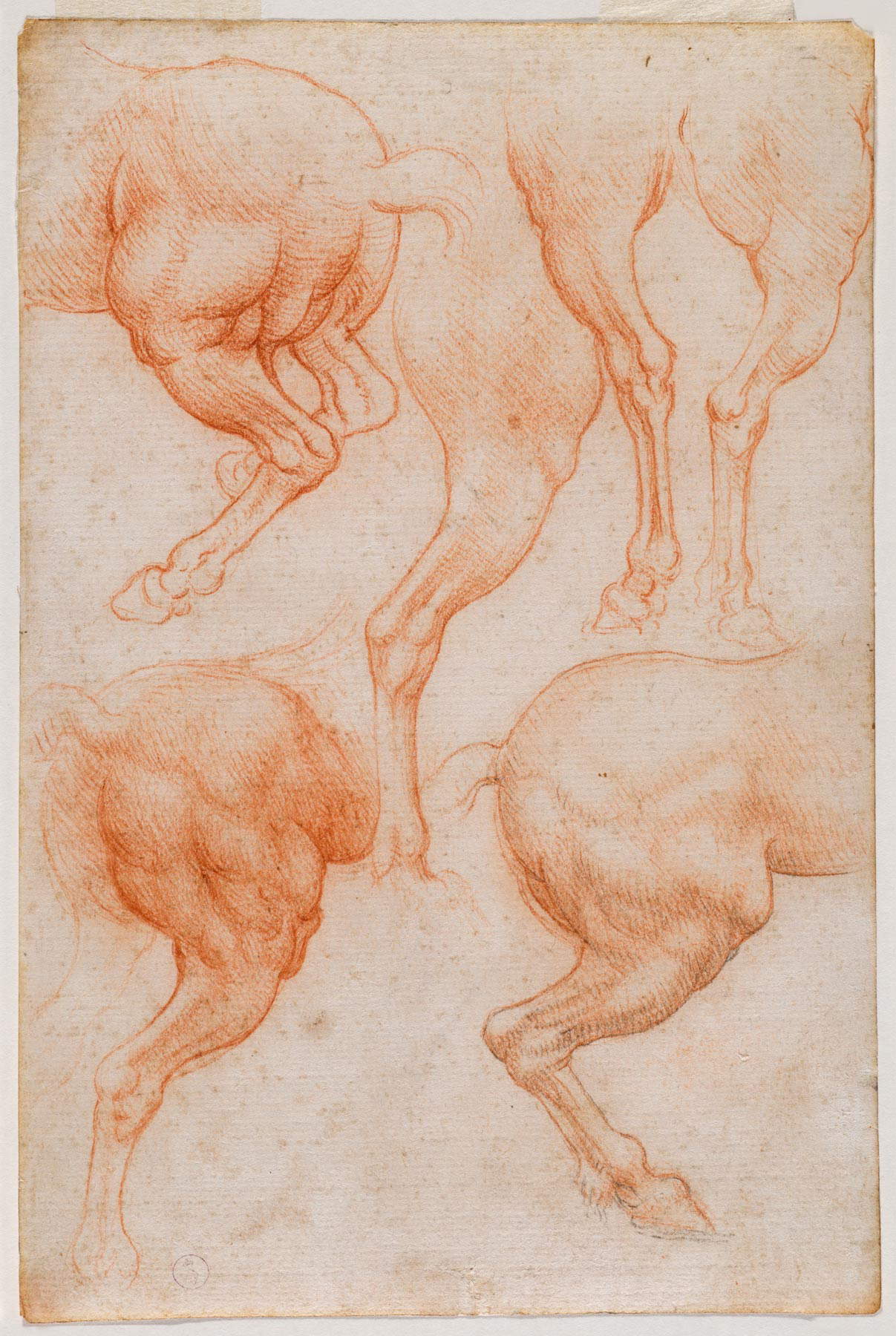


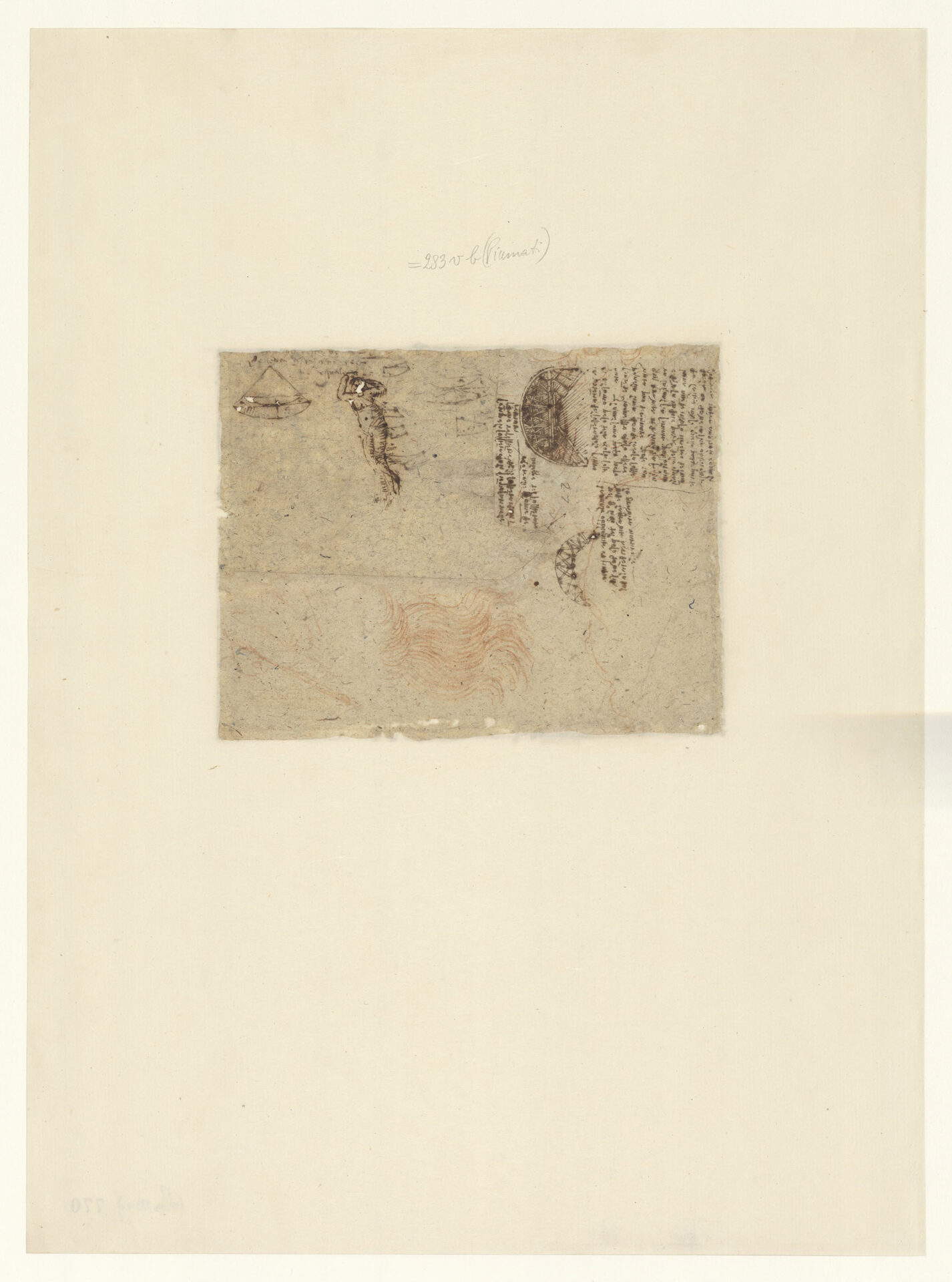
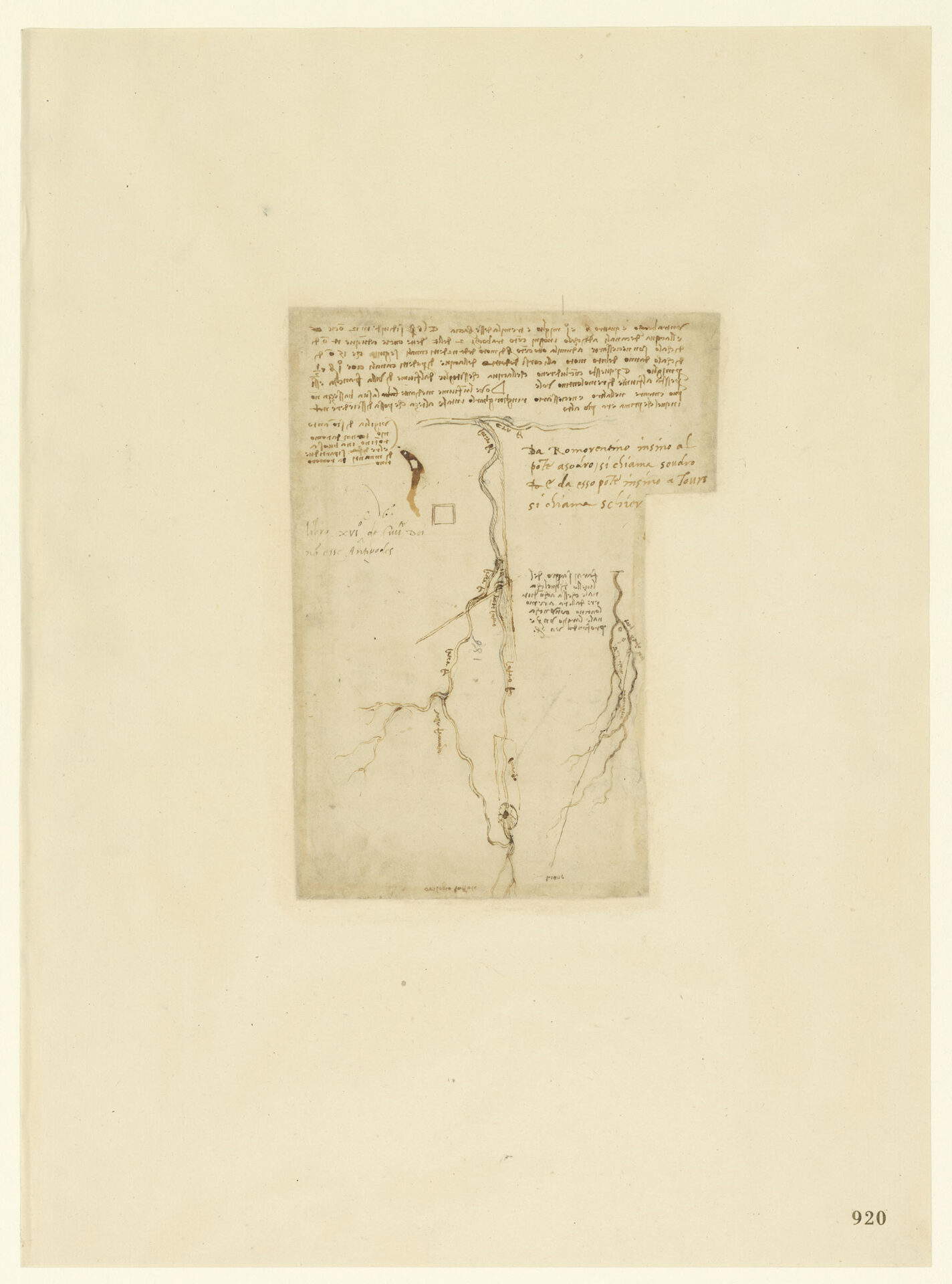
The exhibition is enriched, for the first time, by a pictorial section curated by Annamaria Bava within the Galleria Sabauda: With Leonardo in the Eyes. A journey through the collections of the Galleria Sabauda intends to evoke the various ways of relating to Leonardo’s innovations through twenty works, executed by companions from his formative years, direct pupils and intelligent assimilators of Leonardo’s lesson and style, from Lorenzo di Credi to Andrea Solario, from Bergognone to Gaudenzio Ferrari.
Also on offer is a select collection of sculptures by Giuliano Vangi, to be explored from the second floor of the Pinacoteca Sabauda to the Ducal Garden. These fifteen works, created between 1964 and 2022 with materials as diverse as marble, wood, bronze, stone, and glass, testify to the sculptor’s expressive intensity, which succeeds in capturing the throbs of mystery and embracing the peremptory nature of Leonardo’s face.
Accompanying the exhibition is a catalog edited by Paola Salvi, published by Silvana Editoriale. Leonardo’s Self-Portrait. History and Contemporaneity of a Masterpiece is an exceptional experience for the quality of the works on display and the loans granted, also made peculiar by the presence of multimedia installations and the video recounting the journey of Leonardo’sSelf-Portrait and the Codex on the Flight of Birds in a microchip aboard the Rover Curiosity , launched from Cape Canaveral on November 26, 2011: thanks to an idea by Silvia Rosa-Brusin of RAI’s TGR Leonardo, accepted by NASA, Leonardo landed on Mars on August 5, 2012, and has been exploring the red planet for 12 years.
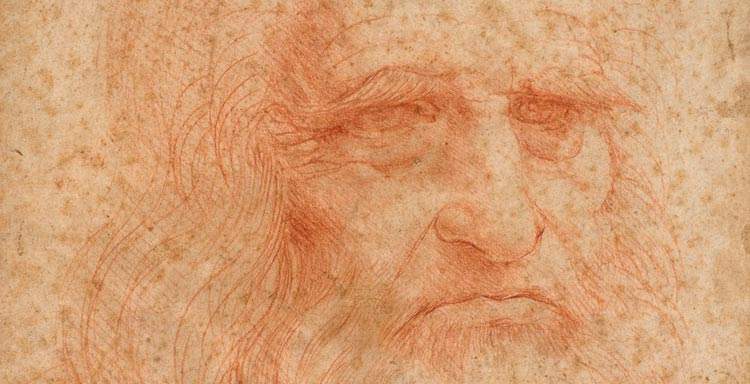 |
| Turin, Italy, Leonardo's Self-Portrait is shown in a dedicated exhibition |
Warning: the translation into English of the original Italian article was created using automatic tools. We undertake to review all articles, but we do not guarantee the total absence of inaccuracies in the translation due to the program. You can find the original by clicking on the ITA button. If you find any mistake,please contact us.